Picture the morning mist swirling above the sacred waters of the Ganges. Suddenly, from beneath the surface, a pair of long, slender jaws break the stillness—a creature so strange, it looks like a relic from the age of dinosaurs. This is the gharial, a crocodilian whose toothy grin has charmed and mystified people for centuries. But behind that smile lies a fight for survival so desperate, so poignant, it stirs something deep in all of us. The gharial’s story is one of ancient rivers, mythical connections, and a battle against the odds—a tale as winding and powerful as the holy rivers they call home.
The Ancient Lineage of the Gharial
Gharials are among the oldest surviving crocodilians on the planet, with a lineage that stretches back tens of millions of years. Their ancestors once shared the world with dinosaurs, surviving cataclysmic events that wiped out countless other species. Unlike their robust relatives, gharials evolved a long, narrow snout perfectly adapted for fishing in fast-flowing rivers. This unique anatomy has barely changed over the ages, making them living fossils in every sense. To see a gharial today is to glimpse a piece of our planet’s deep past, a reminder of nature’s incredible resilience and subtle artistry. Their continued existence connects us to epochs long gone, like a bridge between today’s world and the ancient Earth.
The Spellbinding Smile: Anatomy of Uniqueness

One look at a gharial, and it’s impossible not to be captivated by its extraordinary jaw—a slender, elongated snout filled with more than a hundred razor-sharp teeth. This “smile” isn’t just for show; it’s a specialized adaptation for catching slippery fish, their primary food source. Males also sport a bulbous growth at the tip of their nose, called a ghara, which resembles a traditional Indian clay pot. This structure amplifies their vocalizations and plays a role in courtship rituals. Their streamlined bodies and webbed feet are perfect for slicing through river currents, making them agile swimmers but awkward on land. Every part of the gharial’s anatomy tells a story of survival in a watery world.
Home in the Sacred Rivers
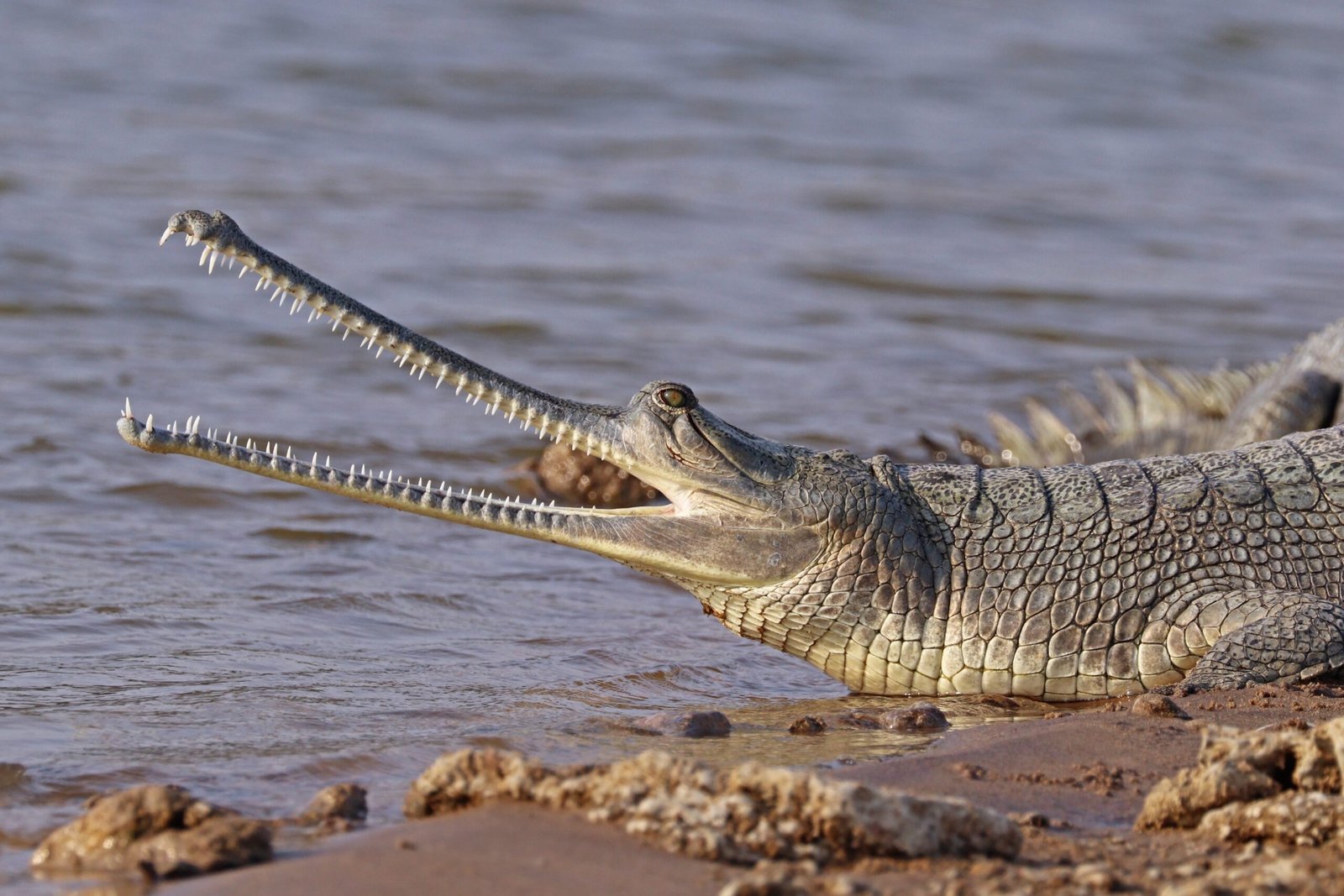
Gharials are intimately tied to some of India’s most revered rivers, including the Ganges, Brahmaputra, and their tributaries. These waterways are not only ecological lifelines but also spiritual arteries for millions of people. The rivers’ shifting sands and deep pools offer ideal nesting and hunting grounds for gharials. For centuries, these crocodiles coexisted with humans, often revered as symbols of fertility and guardians of the sacred waters. Yet, the very rivers that sustain them are now under threat, and with them, the gharial’s future hangs in the balance. The loss of habitat and pollution are now constant threats, making the gharial’s ancient home a battleground for survival.
The Gharial in Myth and Legend
Across the Indian subcontinent, the gharial’s strange appearance has woven it into local folklore and myth. In Hindu mythology, the goddess Ganga is sometimes depicted riding a makara—a mythical creature thought to be inspired by the gharial. Local communities once believed gharials brought good luck and protected fishermen from river monsters. Their association with the sacred has sometimes shielded them from harm, earning them a special place in cultural memory. But as traditional beliefs fade and modern pressures mount, these stories risk being forgotten, just like the creatures themselves. The gharial’s legend now walks a tightrope between reverence and obscurity.
Life Cycle: Birth, Growth, and the Struggle to Survive
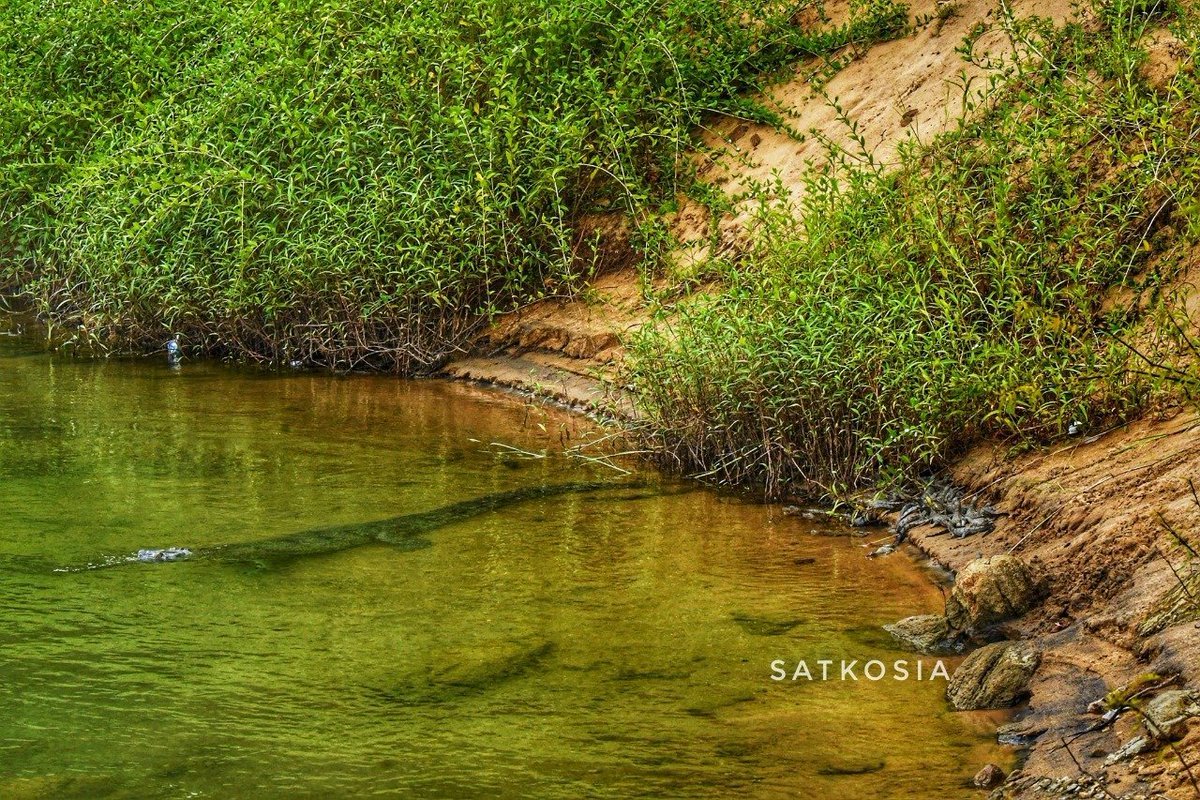
Gharials nest on sandy riverbanks during the dry season, where females lay up to 60 eggs at a time—the largest among crocodilians. These eggs are vulnerable to predators, floods, and even trampling by livestock. Once hatched, the tiny gharials face a perilous journey; less than 1% survive to adulthood. They must evade birds, fish, and even humans who may collect them for food or superstition. Those that survive grow quickly, feeding almost exclusively on fish and crustaceans. As they mature, they become more reclusive, blending into the watery shadows. The odds are stacked against them from the very beginning, making each adult gharial a true survivor.
Fishers of the River: The Gharial’s Diet
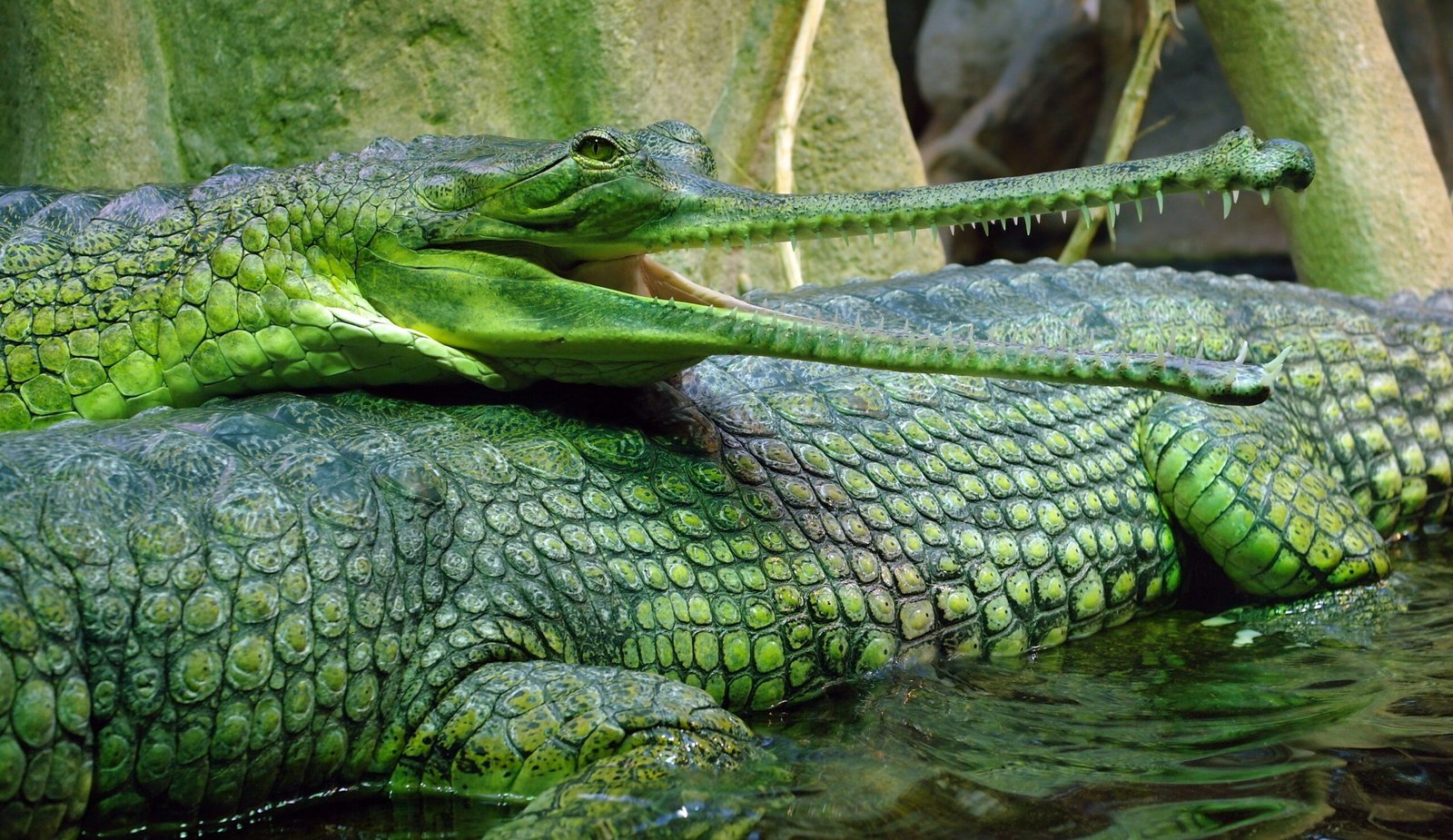
Gharials are master fishers, relying on their elongated jaws and needle-like teeth to snatch fast-moving prey from the water. Unlike their more aggressive crocodilian cousins, gharials are no threat to humans or livestock. Their diet consists mainly of small to medium-sized fish, which they catch with lightning-fast side sweeps of their head. This specialization means they are highly dependent on healthy fish populations and clear, unpolluted rivers. Any disruption to the river’s ecosystem—overfishing, pollution, or damming—can leave gharials starving. Their role as apex predators helps keep the river’s food web in balance, making them vital to the health of their entire ecosystem.
Facing Extinction: A Population in Peril
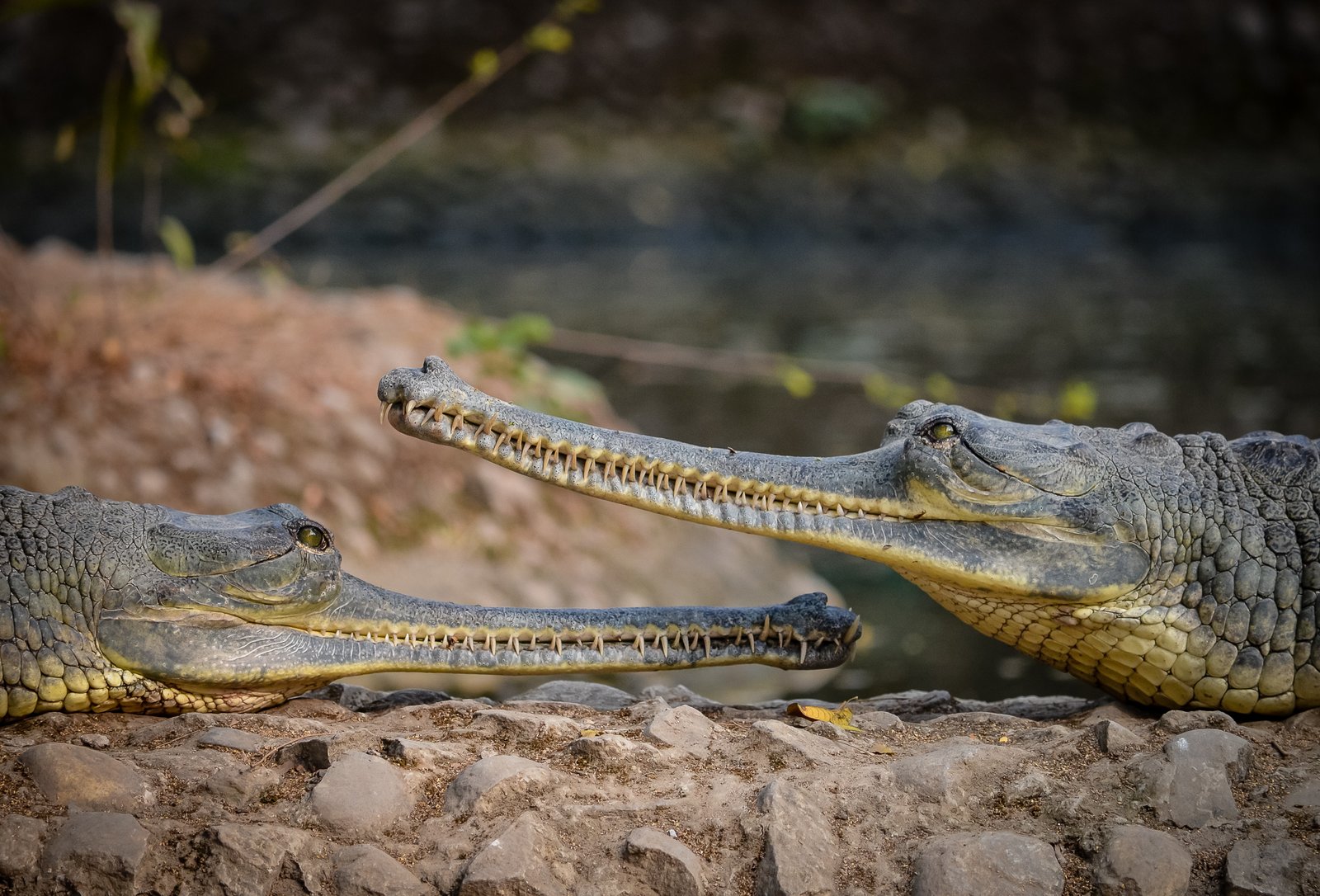
Today, the wild population of gharials is estimated at fewer than 900 individuals, scattered across a handful of river systems. This sharp decline is nothing short of heartbreaking, considering their once widespread range. Habitat loss due to sand mining, dam construction, and riverbank disturbance has devastated their nesting sites. Poaching, accidental entanglement in fishing nets, and pollution have further chipped away at their numbers. Conservationists consider gharials critically endangered, teetering on the edge of extinction. Their fate serves as a stark warning of what can happen when ancient species collide with the relentless march of development.
Human Impact: Changing Rivers, Changing Lives
Human activity has transformed India’s great rivers, often with unintended consequences for wildlife. Dams and barrages fragment habitat, blocking gharials from moving freely and isolating small populations. Sand mining strips away the very banks where gharials lay their eggs, while pollution from agriculture and industry poisons the water. Even religious rituals, like the scattering of ashes and offerings, can alter water chemistry and litter the river. These changes not only threaten gharials but also the livelihoods of people who depend on the rivers for fishing, farming, and spiritual sustenance. The gharial’s struggle is, in many ways, a reflection of our own fractured relationship with nature.
Conservation Heroes: Fighting for the Gharial
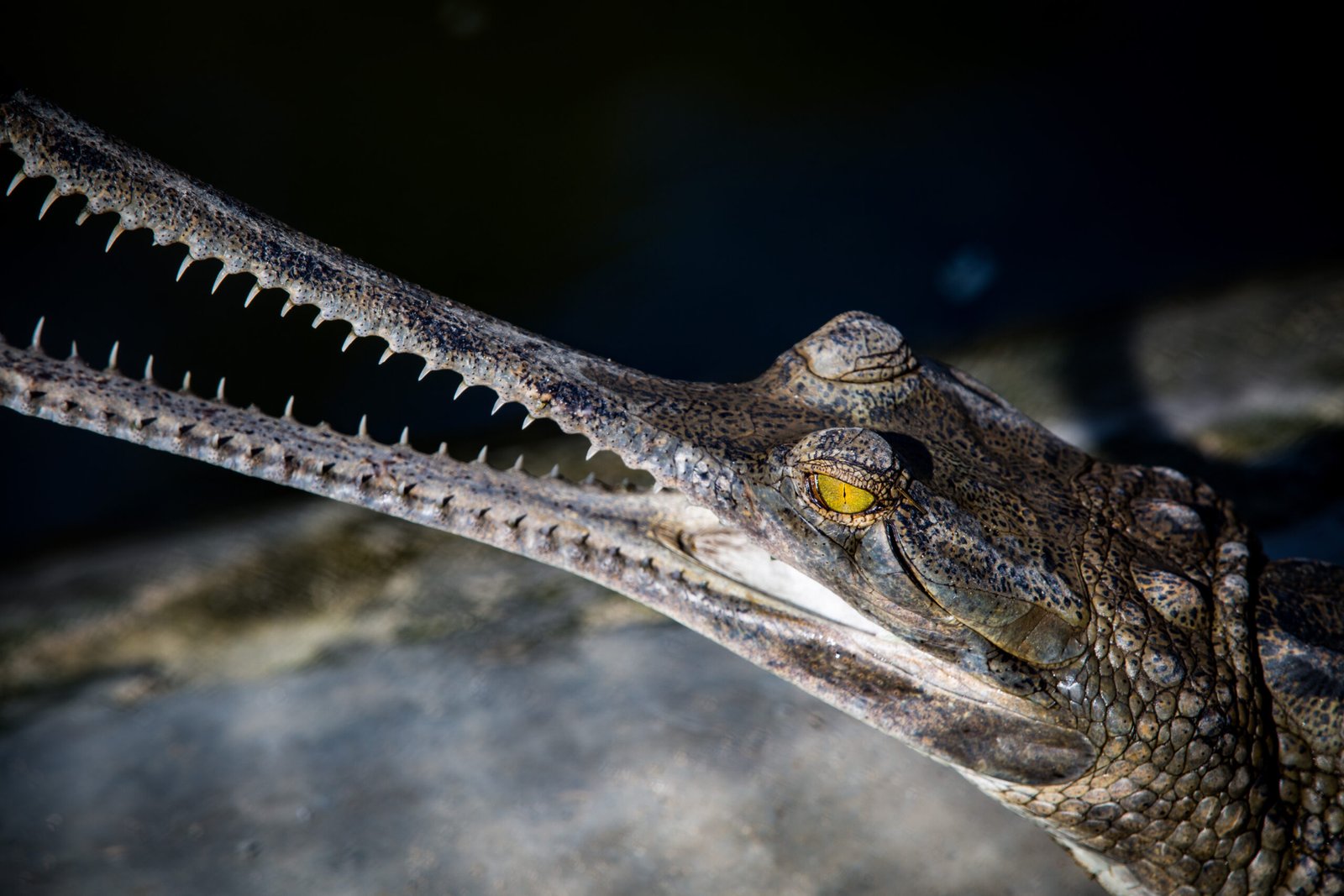
Despite the challenges, a growing movement of scientists, conservationists, and local communities is rallying to save the gharial. Dedicated field teams monitor nests, rescue stranded hatchlings, and educate villagers about the importance of these gentle giants. Captive breeding programs have released hundreds of young gharials into the wild, though survival rates remain low. Environmental groups campaign for stricter protection of critical habitats and push for sustainable river management. These efforts are a testament to human ingenuity and compassion, shining a light of hope in the darkness of extinction. Every rescued egg, every protected nest, is a small victory in the gharial’s long war for survival.
Women and the Gharial: Guardians of the River

In many riverside communities, women play a crucial role in gharial conservation. They help monitor nesting sites, keep watch for poachers, and spread awareness about the plight of the gharial. Some initiatives train women as river guides, turning their deep knowledge of the land into livelihoods that support both families and wildlife. Their involvement brings a sense of ownership and pride, transforming gharial protection from a distant science to a shared community mission. By empowering women, conservationists are unlocking new energy and creativity in the fight to save the gharial. The river’s future, it turns out, may rest as much in their hands as in any government decree.
Rivers in Crisis: Pollution and Overuse
India’s sacred rivers are choking under the weight of pollution and over-extraction. Sewage, plastics, industrial chemicals, and pesticides all find their way into the water, turning once-pristine habitats into toxic traps. As water is diverted for agriculture and cities, river levels drop, exposing gharial nests to predators and heat. In some places, the sandbanks have vanished entirely, replaced by concrete or eroded by relentless mining. These environmental pressures threaten not only gharials but also the countless other species—and people—who rely on healthy rivers. Saving the gharial means cleaning up the rivers, a task that grows more urgent with each passing year.
The Role of Religion and Culture
Religion and culture have always shaped the fate of the gharial. For centuries, the crocodile was revered in Hindu tradition, often associated with the river goddesses Ganga and Yamuna. In some temples, stone carvings of gharials guard the sacred ghats, silent witnesses to the flow of time. Rituals and festivals still draw millions to the riverbanks, creating both opportunities and challenges for conservation. Harnessing this spiritual connection could hold the key to saving the gharial, inspiring reverence rather than fear or indifference. By reconnecting faith with stewardship of nature, communities can turn ancient beliefs into modern action.
Science at Work: Studying Gharials in the Wild
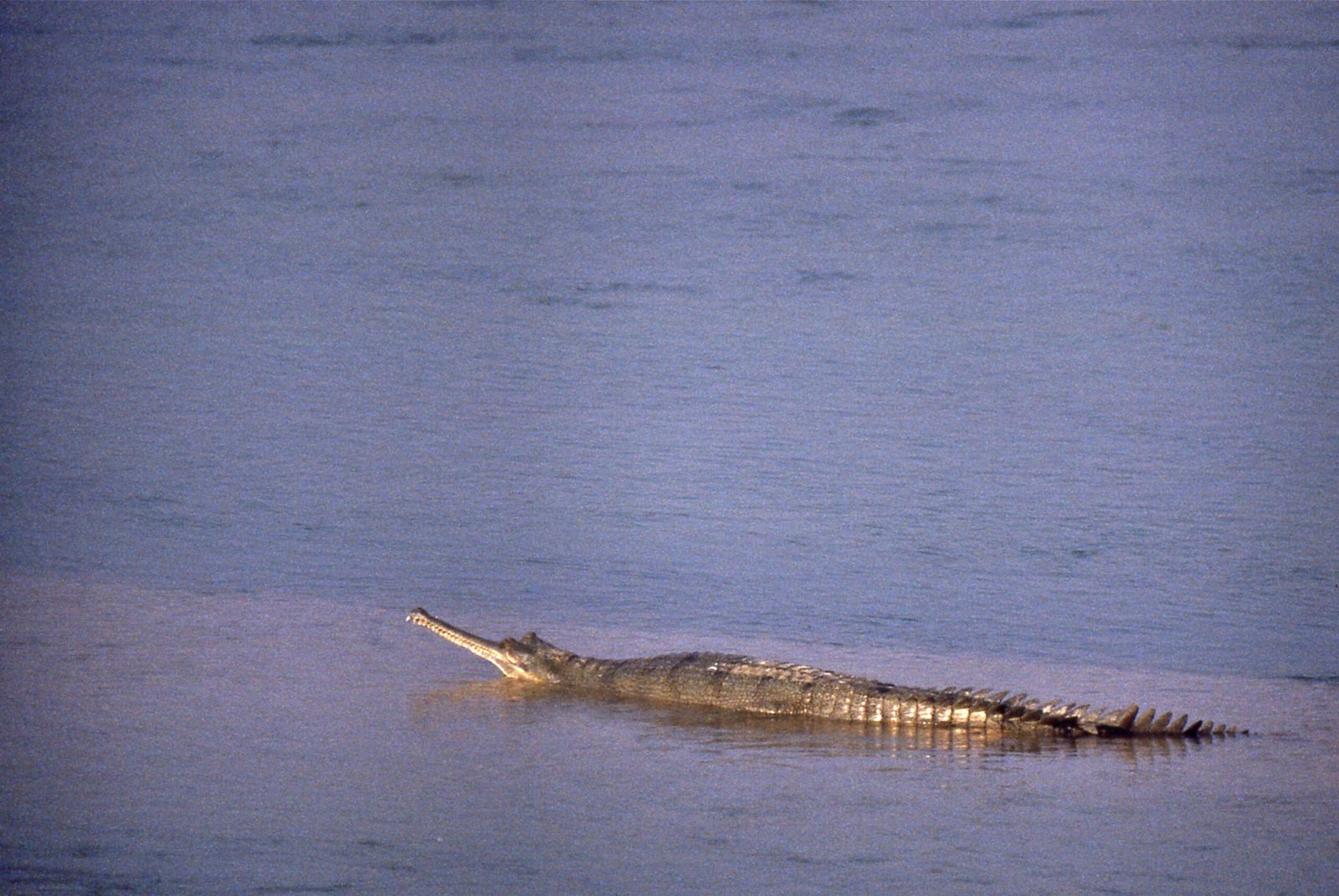
Scientists use cutting-edge technology to track and study gharials in their natural habitat. GPS tags, drones, and underwater cameras reveal secrets about their movements, nesting habits, and survival rates. DNA analysis helps researchers understand genetic diversity, crucial for managing small, fragmented populations. Fieldwork is often challenging—unpredictable monsoons, remote locations, and wary animals make every discovery hard-won. Yet, each new insight brings conservationists closer to understanding what gharials need to thrive. These efforts are not just about saving one species, but about decoding the complex web of life that binds rivers, people, and wildlife together.
Captive Breeding: A Race Against Time

Zoos and breeding centers across India have become lifelines for the gharial. Here, eggs are incubated, hatchlings raised, and juveniles prepared for release into the wild. This approach buys time, safeguarding genetic diversity while wild populations recover. Still, captivity comes with its own set of challenges—disease, inbreeding, and difficulties in adapting to the wild all pose risks. Conservationists must carefully balance the need for immediate action with long-term sustainability. The ultimate goal is to restore self-sustaining populations in the wild, where gharials can play their natural role in the river ecosystem.
Ecotourism: Bringing Hope and Income

Ecotourism is emerging as a powerful tool for gharial conservation. Guided river safaris offer visitors the chance to see these remarkable reptiles up close without disturbing their habitat. Revenues from tourism help fund local conservation projects and provide alternative incomes for communities that might otherwise turn to sand mining or fishing. When managed well, ecotourism forges a direct connection between people and wildlife, transforming curiosity into care. Seeing a gharial basking on a sandbank or gliding through the water is an experience that stays with people, often inspiring them to become lifelong advocates for the species.
The Ripple Effect: Protecting the Whole Ecosystem
Protecting gharials has benefits that ripple through the entire river ecosystem. As top predators, they help regulate fish populations, supporting biodiversity and maintaining healthy food webs. Conservation measures—like protecting nesting beaches and cleaning up waterways—also improve conditions for other threatened species, from turtles and river dolphins to migratory birds. Healthy rivers, in turn, provide clean water and livelihoods for millions of people. In this way, saving the gharial is about more than just one species; it’s about restoring balance to some of the world’s most vital and vulnerable ecosystems.
Children and Education: Inspiring the Next Generation
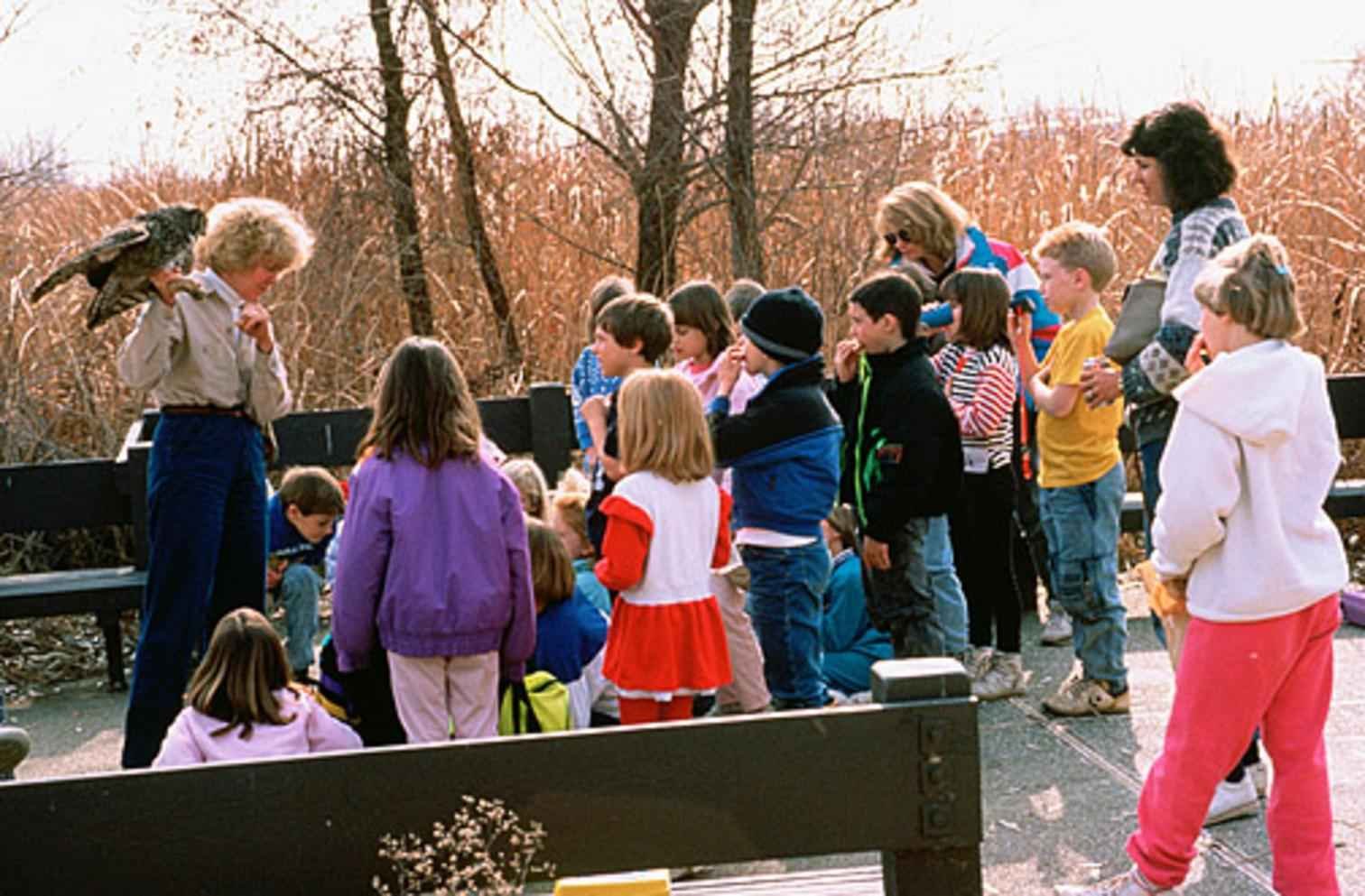
Education is a cornerstone of gharial conservation. School programs, wildlife camps, and river festivals teach children about the importance of protecting their unique natural heritage. Through stories, games, and hands-on activities, young people learn to see the gharial not as a monster, but as a fascinating neighbor worth protecting. Some students go on to become conservationists themselves, spreading the message to friends and family. By nurturing curiosity and respect for wildlife, educators are planting seeds of hope for the future. After all, today’s children will be tomorrow’s guardians of the sacred river.
International Support and Partnerships
The fight to save the gharial has attracted support from around the world. International conservation organizations provide funding, expertise, and advocacy, helping to amplify local efforts. Collaborative projects share knowledge across borders, from Nepal’s Chitwan National Park to research centers in Europe and the United States. These partnerships bring fresh ideas and global attention to the gharial’s plight. They also highlight the interconnectedness of environmental issues—what happens in India’s rivers affects biodiversity everywhere. United by a common cause, people from different cultures and backgrounds are working together to give the gharial a fighting chance.
The Gharial as a Symbol of Hope
Against all odds, the gharial continues to survive, its smile undimmed by centuries of change and challenge. For many, it has become a symbol of hope—a reminder that even the most ancient and fragile creatures can endure if given a chance. The gharial’s story inspires not just scientists and conservationists, but anyone who believes in the power of resilience and the value of life. Its struggle is a call to action, urging us to protect the wild places and creatures that share our world. In the gharial’s eyes, we see a reflection of our own hopes for a future where nature and humanity thrive together.
The gharial’s smile is more than just an evolutionary marvel—it’s a testament to survival, adaptation, and the enduring magic of the natural world. Their fight for survival mirrors our own need to protect the rivers and wild spaces that sustain life itself. Will we let this ancient guardian of the sacred river slip away, or can we unite to ensure its toothy grin endures for generations to come?




